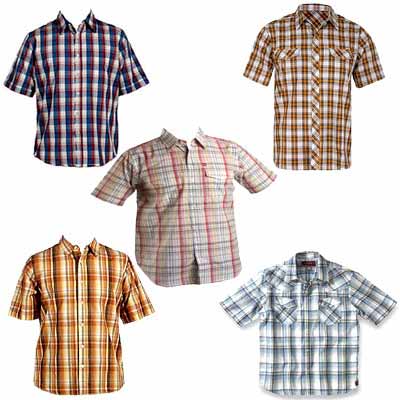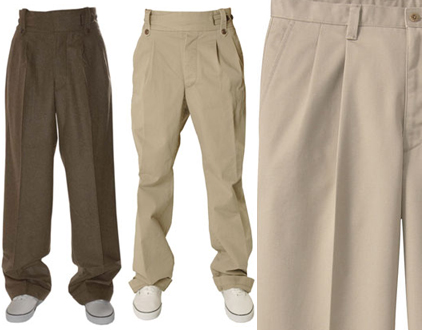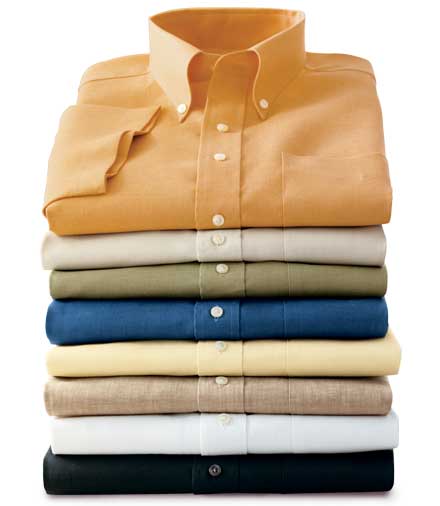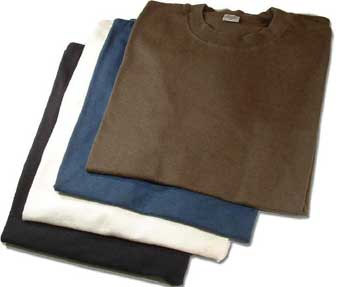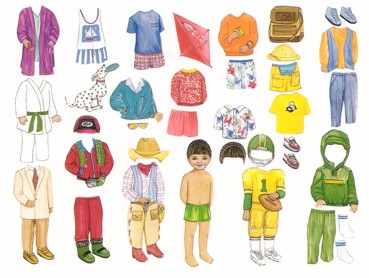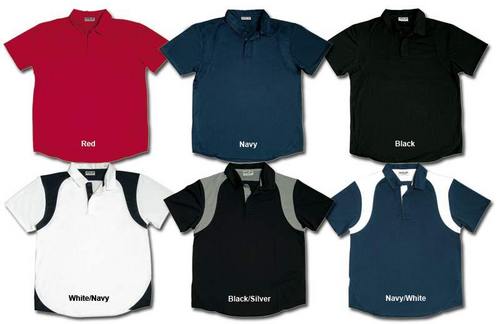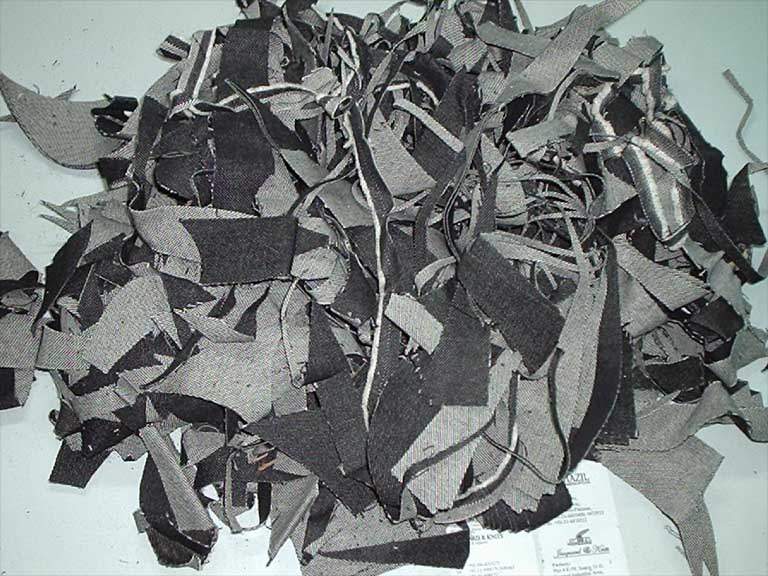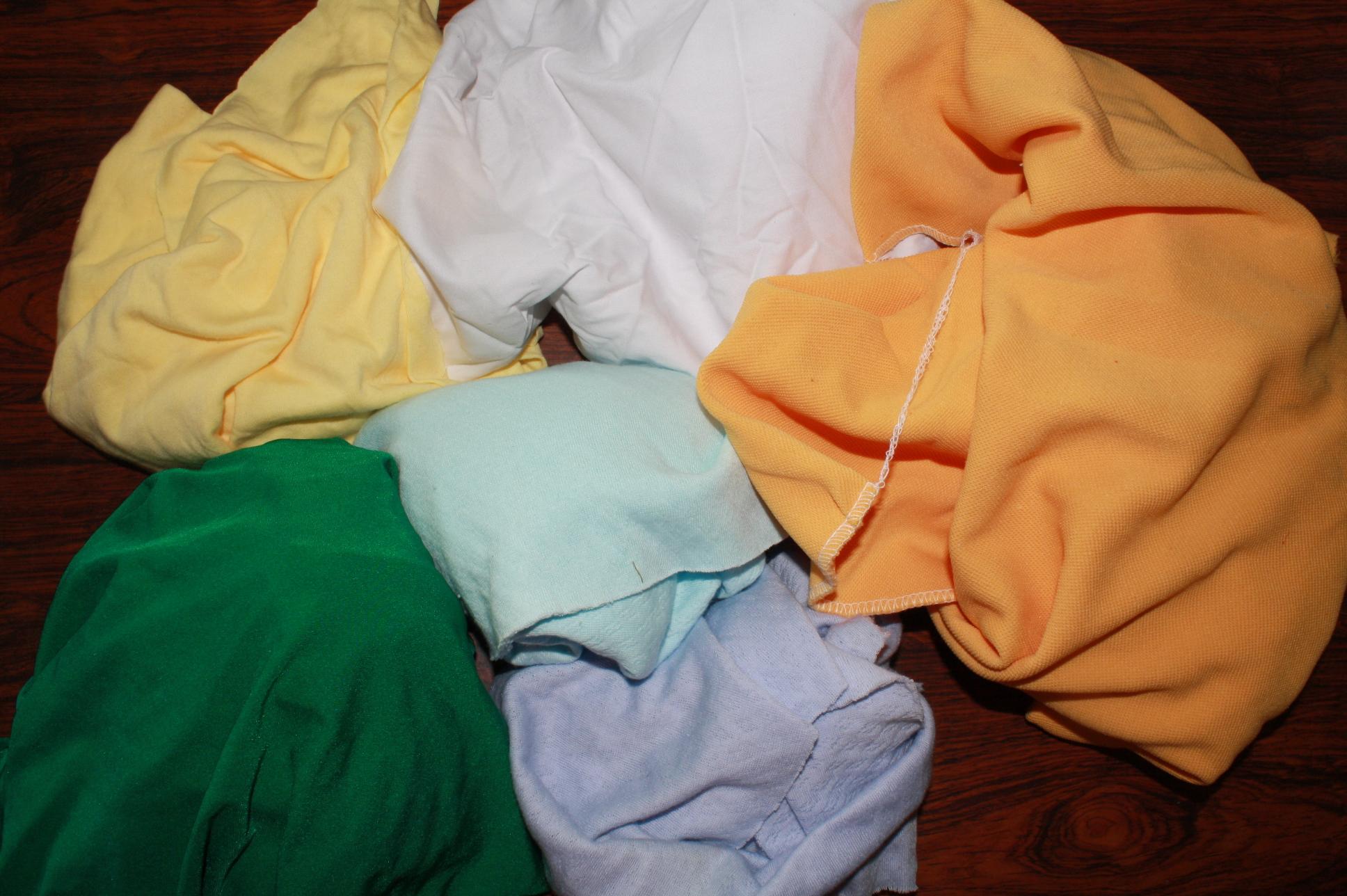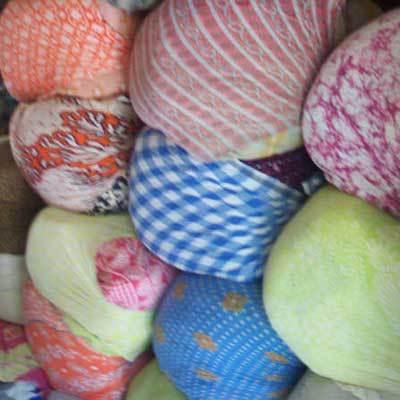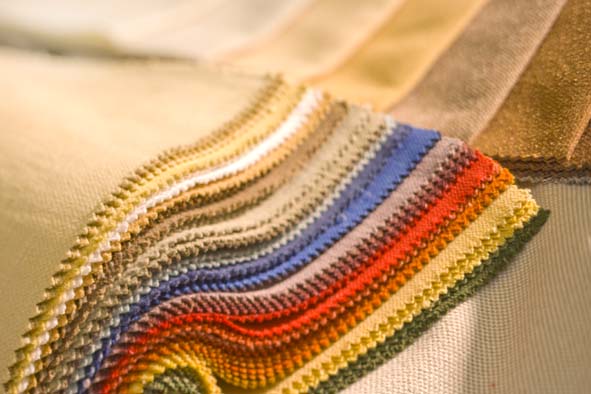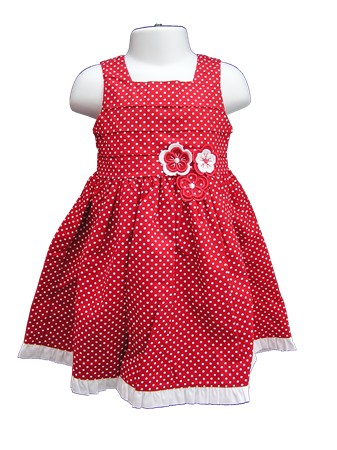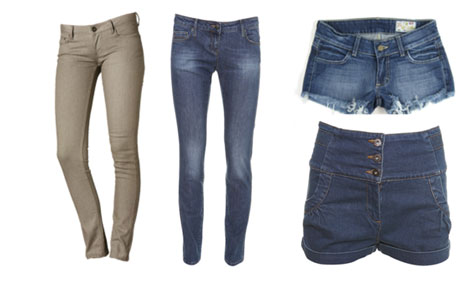
The history of U.S. Production of the principal man-made fibers used in textiles for apparel and home fashion
It is important to understand that all manufactured fibers are not alike. Each fiber has a unique composition and it's own set of physical properties. The U. S. Federal Trade Commission has established generic names and definitions for manufactured fibers, including acetate, acrylic, lyocell, modacrylic, nylon, polyester, polypropylene (olefin), rayon, and spandex. However, all fibers under a generic name are not exactly the same.
Fiber producers have been able to modify the basic composition of each generic fiber, both chemically and physically, to produce variations which provide a softer feel, greater comfort, brighter/longer lasting colors, better warmth/cooling, moisture transport/wicking, and better properties for blending with other fibers. These improved fibers are given a trademark name and are owned and promoted by the fiber producer. The following is a list of producers of manufactured fibers and their trademark names.
| DATE |
FIBER |
FIRST COMMERICAL PRODUCTION |
| 1910 |
RAYON |
- The first man-made fiber.
- The first commercial production of rayon fiber in the United States was in 1910 by the American Viscose Company.
- By using two different chemicals and manufacturing techniques, two basic types of rayon were developed. They were viscose rayon and cuprammonium rayon.
- Today, only viscose rayon is being produced in the U.S.
|
| 1924 |
ACETATE: |
- The first commercial production of acetate fiber in the United States was in 1924 by the Celanese Corporation.
|
| 1939 |
NYLON: |
- The first commercial production of nylon in the United States was in 1939 by the E. I. du Pont de Nemours & Company, Inc. It is the second most used man-made fiber in this country, behind polyester.
|
| 1950 |
ACRYLIC: |
- The first commercial production of acrylic fiber in the United States was in 1950 by E. I. du Pont de Nemours & Company, Inc.
|
| 1953 |
POLYESTER: |
- The first commercial production of polyester fiber in the United States was in 1953 by E. I. du Pont de Nemours & Company, Inc.
- Polyester is the most used man-made fiber in the U.S.
|
| 1954 |
TRIACETATE: |
- The first commercial production of triacetate fiber in the United States was in 1954 by the Celanese Corporation.
- Domestic Triacetate production was discontinued in 1985.
|
| 1959 |
SPANDEX: |
- The first commercial production of spandex fiber in the United States was in 1959 by E. I. du Pont de Nemours & Company, Inc.
- It is an elastomeric man-made fiber (able to stretch at least 100% and snap back like natural rubber).
- Spandex is used in filament form.
|
| 1961 |
POLYOLEFIN/POLYPROPYLENE: |
- The first commercial production of an olefin fiber manufactured in the U.S. was by Hercules Incorporated.
- In 1966, polyolefin was the world's first and only Nobel-Prize winning fiber.
|
| 1989 |
MICRO FIBERS/MICRODENIER: |
- The first commercial production of micro fiber in the U.S. was in 1989 by E. I. du Pont de Nemours & Company, Inc. Today micro fibers are produced in a variety of synthetic fibers (i.e. polyester, nylon, acrylic, etc.)
- The true definition of a micro fiber is a fiber that has less than one denier per filament. Micro Fiber is the thinnest, finest of all man-made fibers. It is finer than the most delicate silk.
- To relate it to something more familiar--A human hair is more than 100 times the size of some micro fibers
|
| 1993 |
LYOCELL: |
- The first commercial production of lyocell in the U.S. was in 1993 by Courtaulds Fibers, under the Tencel¬ trade name.
- Environmentally friendly, lyocell is produced from the wood pulp of trees grown specifically for this purpose. It is specially processed, using a solvent spinning technique in which the dissolving agent is recycled, reducing environmental effluents.
|

 Gusto Groups
Gusto Groups






